Seattle's "Space Wars"
/n 1974, John Hersey wrote a small gem of a novel called, My Petition for More Space. Employing the same dystopian vibe as Orwell’s 1984, his protagonist stands in an endless line awaiting his chance to ask for more than the 8’x12’ stamp of cement floor on which he “lives”. He's an inhabitant of a city where the only green space is walled off from public access…and which can only be viewed through a window after waiting in another near-endless line.
When it was written, citizens of Seattle would have viewed this as pure imagination. But today, the push-and-pull of who gets to use what space--and how wealth plays into that calculation--is all too real.
Three examples:
(1) Homelessness. Who’s entitled to the city’s sidewalks and public easements? How...and when? Encampments of homeless tents on city property has been a flashpoint for years. The increasingly common presence of squatters' RVs parked in front of expensive homes in established neighborhoods added fuel to the civic fire. And it fully erupted recently when a Seattle TV station aired a program called, Seattle is Dying. The writer/reporter raised the fully valid distinction between people living on the streets who don’t want to be there…and those who freely indulge their drug addictions and suffer their mental illnesses in full view of the public. Seattle seems paralyzed by the odd mix of revulsion, embarrassment and compassion. Police officers are full time counsellors. The impact of the TV program was beyond controversial—it’s well worth watching.
Now, into this breach rides nearly $50 million in contributions from corporations and wealthy citizens to construct eight buildings to house the “chronically” homeless. To be determined is whether those “chronics” want or will actually use such buildings…but the intent is sincere, and it might work. In many circles, anything that promises to move vagrants away from the doorsteps of downtown’s high-end retailers will be money well spent.
(2) Bikes. Who controls the streets? (Quite literally.) Seattle is in the midst of a multi-year plan to increase and connect hundreds of miles of bike lanes on city thoroughfares. Advocates insist that this will dramatically decrease the use of automobiles—but I still don’t see bikes working for most senior citizens…the disabled…large families…those living in the suburbs…and anyone leaving Home Depot with a couple sheets of drywall. But no matter, the plan is in motion. This despite the findings of one survey that bike ridership in Seattle has declined by almost half in less than five years. Are we building more for fewer?
The bike controversy reignited recently when a single newspaper reader reported the findings of his own visual survey on a bridge that connects a close-in neighborhood with the city core. In his view, the overwhelming number of bicycle commuters were rich young white guys speeding to finance and tech jobs. Why, he asked, would the city spend so much time and money on a small and very privileged subsection of city residents? The very premise of that question sparked outrage…further distancing any meaningful solution: how do you allocate the city’s limited lanes between drivers, bicyclists—and now, scooters?
(3) Golf courses. The furor over wealth and space has also moved into a new area of debate with the suggestion by the mayor that the city’s four municipal golf courses might be better served as sites for new housing. Just imagine--all that available land now reserved only for occasional use by wide-bottomed plutocrats!
Except for a few things. First, at a top greens fee of $37, no plutocrat worth his salt would ever allow his six iron to touch those thinning fairways. Second, 13% of Seattle’s population uses those facilities at least twice a year. Third, as the gifted Seattle Times columnist Danny Westneat pointed out, there is more than enough land available to build tens of thousands of new housing units. But most of all—why in the world would you voluntarily reduce the green space in a city that’s becoming more concrete by the day? If that makes sense, why not just go ahead and convert all the city’s parks to the same use?
--
If John Hersey were writing the end to this story, future Seattle would be a vibrant city for the rich, where the streets are free of cars and vagrants, and where the last square foot of open space has surrendered to the final row of luxury high rises…all proudly standing atop street level boutiques stretching to the horizon.
Wouldn’t that be lover-ly?
Have a comment or thought on this? Just hit the Your Turn tab here or email us at mailbox@cascadereview.net to have your say.



